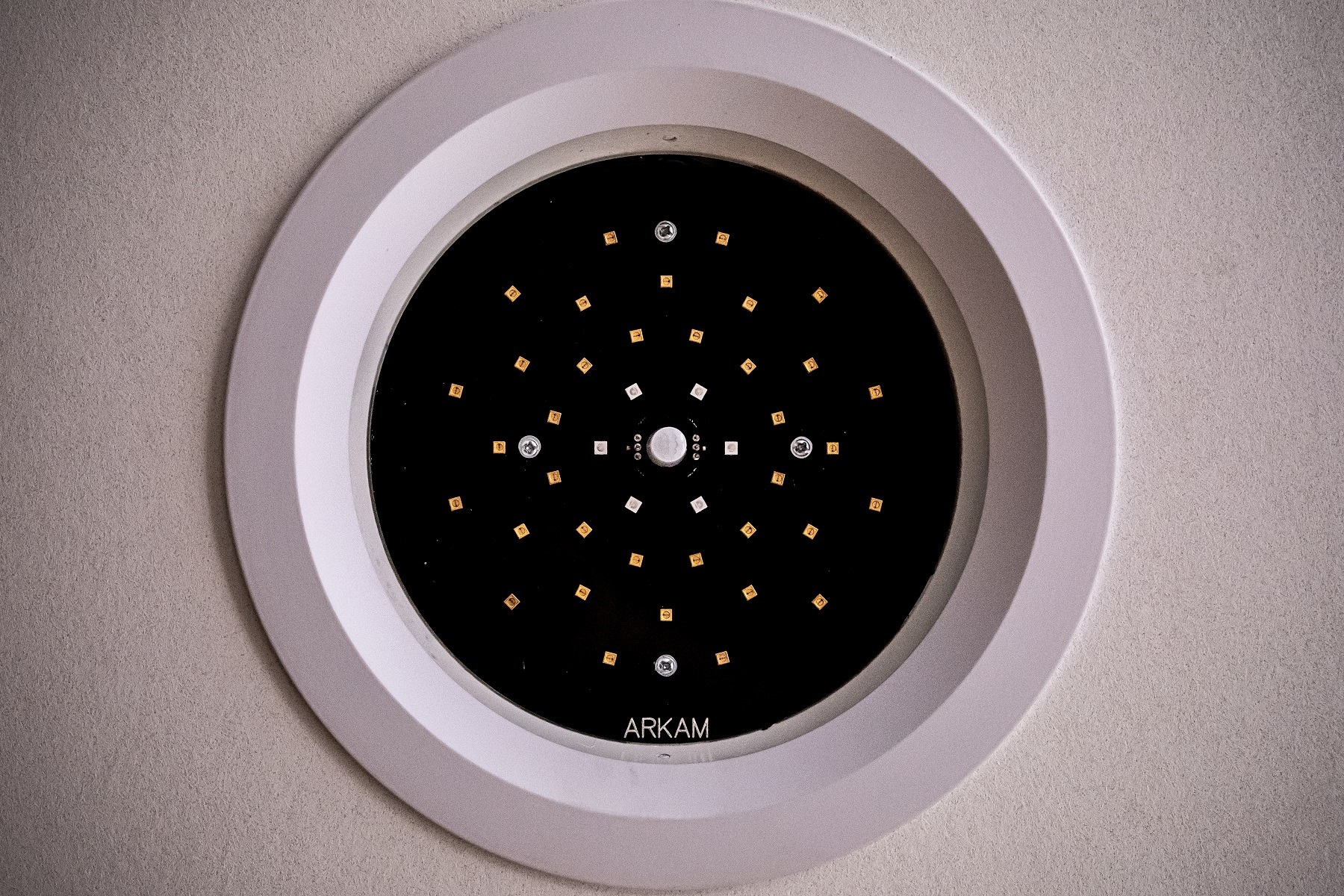Ultraviolet radiation is a portion of the light spectrum. It is therefore light with a wavelength that is not visible to the human eye. This light allows safe disinfection by UV-C.
Ultraviolet light represents about 10% of the light emitted by the sun. There are 3 types, UV-A, UV-B and UV-C. UV-A and UV-B pass through the ozone layer, UV-C is filtered by the ozone layer.
UV-C is associated with wavelengths between 200 and 280 nm. As this radiation is filtered by the ozone layer on Earth, the production of UV-C is systematically artificial.
UV-C has been used for over 100 years for its germicidal properties. In other words, UV-C has the ability to destroy viruses and bacteria.
This property is due to the absorption peak (at 264 nm) of the nitrogenous bases of DNA and RNA, the carriers of life. If the nitrogenous bases are subjected to UV-C radiation, they form dimers which inhibit cell function. This results in cell death, as no resistance is possible.
UV-C systems are therefore used for the disinfection of surfaces, air or even water.
Disinfection properties of UV-C
Germicidal irradiation with UV-C
UV-C radiation treatment is far from being a recent method of disinfection. The first industrial applications date back to 1910 for the disinfection of drinking water.
The disinfection efficiency of UV-C radiation is determined by several factors:
-
The wavelength of the UV-C radiation (common unit: nano meter or nm). The more the radiation is centered on the value of 264 nm (absorption peak), the more effective it is.
-
The UV-C dose used to disinfect → (energy/unit area, common units: J/m2 or mJ/cm2. The energy is itself a component of power by an exposure time (1J = 1W.s)
-
The characteristics of surfaces and materials
-
The angle of the incident beam of the UV-C source
A common method to describe the effects of wavelength as a disinfectant is the “germicidal action spectrum” by a graphic.
The germicidal action spectrum for air is standardized in CIE 155 and consists of interpolated values between data points measuring germicidal efficacy in the range 235 nm to 313 nm.


No responses yet